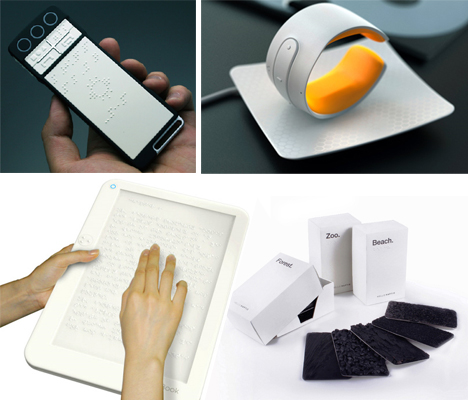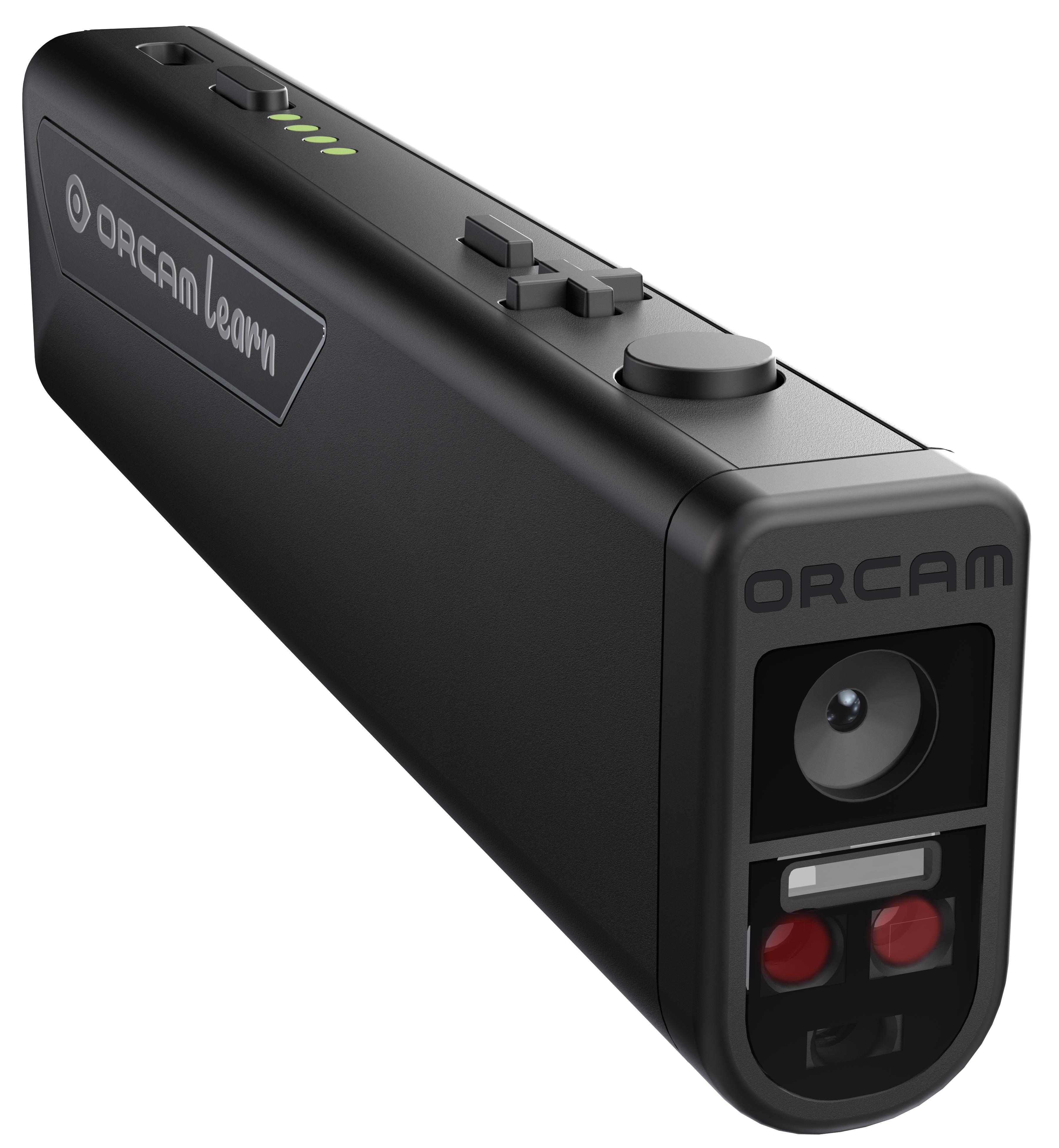AI-Powered Visual Aids: Enhancing Self-Reliance for Blind Users
Wiki Article
Empowering Self-reliance With Assistive Modern Technology for the Blind
The assimilation of assistive technology into the lives of people with aesthetic problems stands for a significant improvement in advertising independence and self-sufficiency. From cutting-edge screen visitors to advanced smart walking sticks, these tools not just boost day-to-day navigating and interaction yet likewise empower customers to engage meaningfully in different aspects of life. As we discover the myriad advantages and real-world applications of these innovations, it ends up being crucial to check out the underlying aspects that contribute to their efficiency and the capacity for future developments in this essential field.Introduction of Assistive Innovation

The growth of assistive modern technology is grounded in concepts of inclusivity and empowerment. Developments in software program, hardware, and sensory enhancements supply individuals with alternatives tailored to their certain needs. From display viewers that transform text to speech, to responsive tools that share details via touch, these tools change the way people engage with their surroundings.
In enhancement to functional applications, assistive modern technology fosters higher social inclusion and participation in numerous industries, including education and learning and employment (Assistive technology for the blind). As r & d proceed to develop, the possibility for assistive technology to additionally boost the lives of visually impaired people continues to be encouraging, leading the way for a much more equitable society where everyone can prosper
Kinds of Assistive Devices
A selection of assistive devices have actually arised to sustain people with aesthetic disabilities, each developed to meet particular needs and enhance everyday functioning. These tools range from low-tech options to sophisticated technologies, providing diverse choices for customers.Low-tech tools include magnifiers and large-print products that help in reading and writing. Braille devices, such as Braille slates and stylus pens, enable tactile reading and communication. Orientation and flexibility help, like white walking canes, aid customers navigate their setting securely.
On the higher end of the range, digital magnification systems and screen viewers use considerable support. Digital magnifiers enable individuals to enlarge text and photos on displays, while screen viewers convert digital web content right into manufactured speech, promoting access to details on computers and mobile phones.
Mobile phone applications additionally play a crucial function, providing functions like text recognition and navigating help. Wearable innovation, such as clever glasses equipped with augmented truth, is becoming an appealing device to enhance situational awareness.
Benefits of Assistive Innovation
The integration of assistive innovation significantly enhances the lifestyle for people with aesthetic problems. These innovations empower individuals by advertising freedom, allowing them to browse their environments much more properly and perform daily tasks with better ease. Screen visitors and magnifying software allow individuals to accessibility electronic info, promoting educational and expert possibilities that may have formerly been out of reach.Additionally, assistive gadgets such as smart walking canes and general practitioners applications provide real-time navigating support, enhancing mobility and safety. This increased freedom not only boosts self-esteem however additionally urges social involvement, permitting users to participate more completely in their neighborhoods.
Assistive innovation additionally assists in interaction, assisting users get in touch with others through voice acknowledgment and text-to-speech applications. This ability is vital for keeping relationships and accessing critical details.
In addition, the personalization options offered with several assistive innovations make certain that individuals can customize devices to their details demands, further improving functionality and performance. In general, the advantages of assistive innovation for people with visual problems are profound, advertising an extra inclusive culture where everybody can pursue their goals and ambitions.
Study and Success Stories
Highlighting the transformative effect of assistive innovation, many instance researches show how people with aesthetic impairments have successfully incorporated these tools into their everyday lives. One compelling example entails a college student that made use of screen reading software to navigate academic products and on-line sources properly. This technology not only promoted her education however also boosted her confidence in participating in conversations and group projects.One more situation research study includes an expert Mobility aids for visually impaired users who uses a smartphone application developed for navigation and item acknowledgment. By utilizing this application, he has actually reclaimed freedom in both his personal and job environments, permitting him to commute independently and involve with associates better.
In addition, a senior citizen shared her experience with braille e-readers, which allowed her to access a substantial selection of literary works and stay connected with her neighborhood through book clubs.
These success stories highlight the essential role of assistive technology in cultivating independence, improving quality of life, and advertising social assimilation for people with aesthetic impairments (AI-powered visual aids). By accepting these cutting-edge devices, customers can conquer challenges and take chances that contribute to their specialist and individual satisfaction

Future Fads in Assistive Technology
Development in assistive modern technology is poised to redefine the landscape of assistance for people with aesthetic impairments. Emerging patterns stress the assimilation of expert system (AI) and machine learning, which enhance the functionality of tools that help with navigation and info availability. AI-driven applications are currently capable of analyzing visual information in real-time, making it possible for individuals to involve with their atmosphere more separately.Moreover, the advancement of wearable modern technology is progressing rapidly. Smart glasses geared up with increased reality (AR) can offer audio summaries of surroundings, changing exactly how customers engage with public rooms. These gadgets not only advertise freedom however additionally foster social addition.
In Addition, the Internet of Things (IoT) is making homes smarter, permitting seamless connectivity between assistive devices and everyday devices. This connection encourages customers by enabling voice-activated controls and automatic actions customized to private demands.
Conclusion
Finally, assistive modern technology plays a crucial role in encouraging people with aesthetic impairments by improving their freedom and interaction with their surroundings. The varied variety of gadgets and applications readily available not just facilitates navigation and interaction yet also promotes social assimilation and possibilities for personal and professional development. As developments proceed in this field, the capacity for boosting the high quality of life for those with visual problems will certainly increase, promoting greater freedom and empowerment.
Report this wiki page